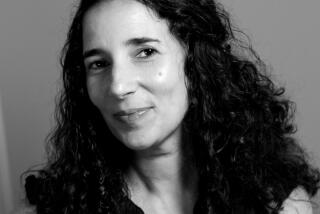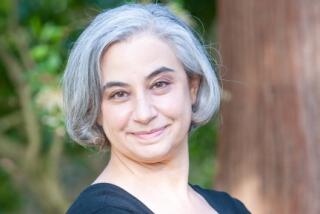One Family’s Love and Courage an Inspiration
- Share via
Your article titled “Bright Angles” (Dianne Klein column, View, Jan. 7) addressed the topic of how a mother not only copes with a special child but finds “that lining” to keep the rain from falling all the time. Nancy Torbitt has another special child besides A.T. and I am sure that she knows it. It adds another dimension that I have observed as a neighbor and which I am sure others who know the Torbitts have also noticed.
I first met Ali as a parent volunteer on a whale watching field trip for my son Michael’s third-grade class. While typically giggly third-graders, the girl who stood out was Ali. She is extremely outgoing and a delight to converse with, well-mannered and a leader among her peers, which was obvious as the day developed.
Soon after that day, I was out washing my car on Saturday when Ali rode up on one of those side-by-side bicycles. She rode right up to me and proudly introduced her brother, A.T., with whom she was touring the neighborhood.
My feeling then was that this is a special little girl to spend so much time with her younger brother. You see, other than being so quiet, I had not noticed that A.T. was different. Ali explained it to me in her very positive, matter-of-fact way, and that was that. It would be easy for her to be shy about apologizing for her brother when he was around for the way he was, but I knew Ali was special from the way that she handled the issue.
I am sure that much of the coping abilities that Nancy has developed regarding her situation with A.T. come from Ali’s example. While I am not a qualified psychologist, I am an experienced parent who observes the interactions of kids with their siblings. Much of A.T.’s normalcy and special interactions in our “normal” world can probably be related to how his sister treats him and his special situation.
Your article was correct in that many of us without personal experience with a special child often do not know how to treat those children or their families when encountering them. Ali gives us a clue though. Treat them like any other child, she would say, and they will respond in often memorable ways.
I was delighted to open the paper and see Ali’s picture, but I thought the article left something out when it neglected the link, the important link, that Ali provides her mother and her brother. I thought you would like to know.
CALVIN R. DAVIS, El Toro


